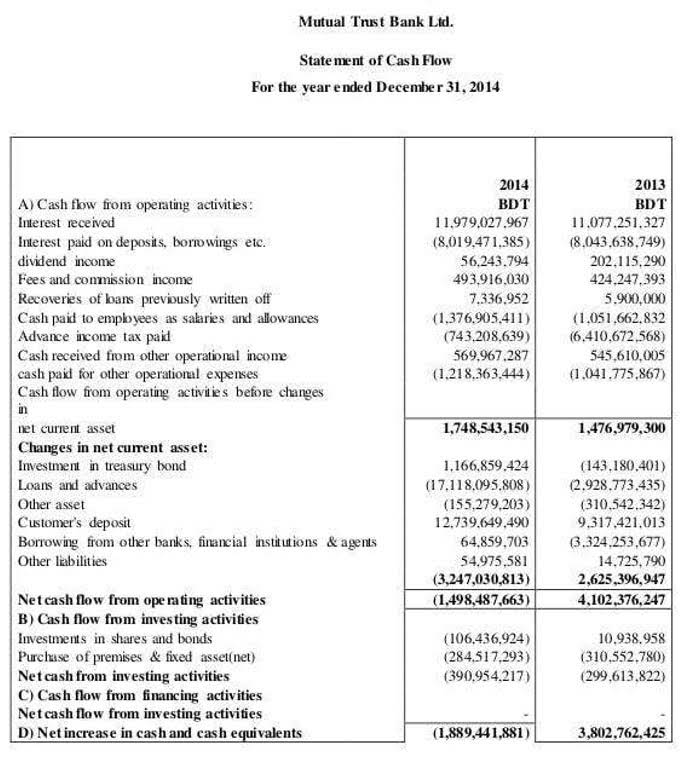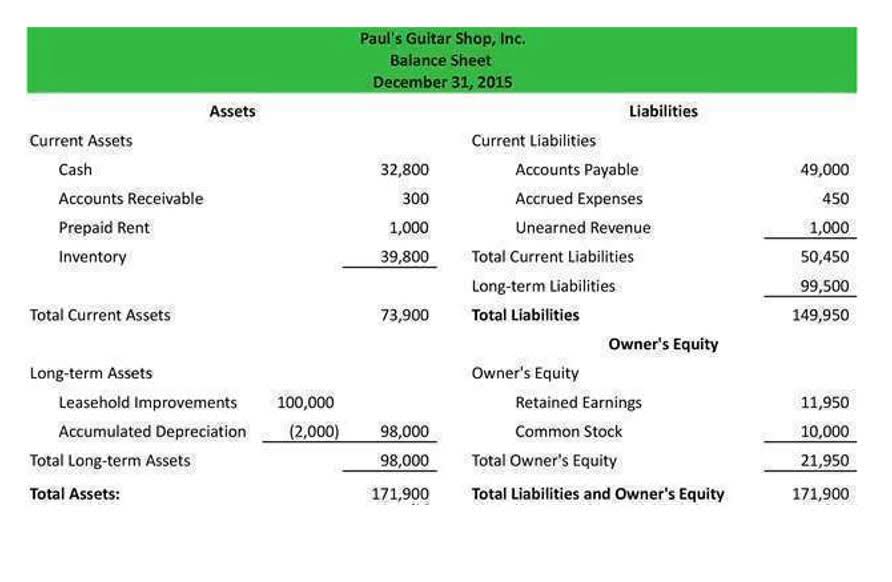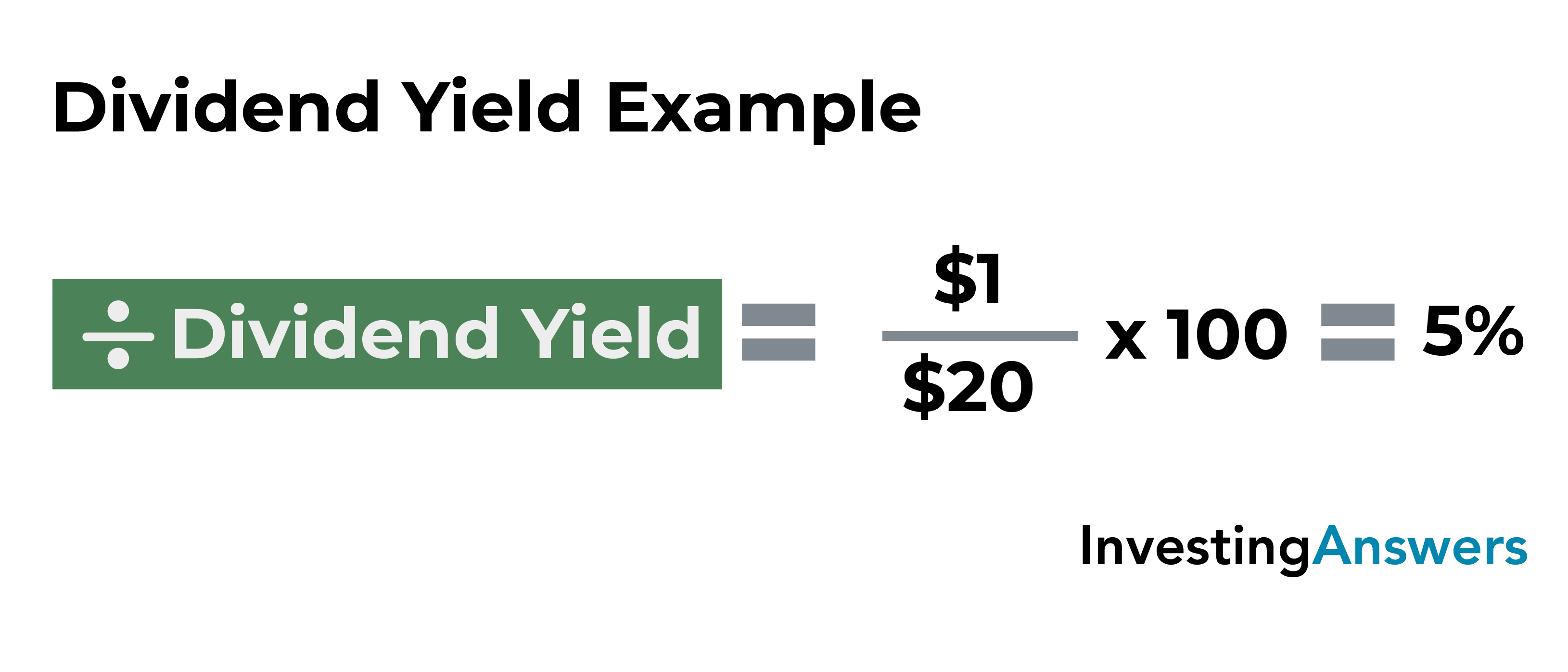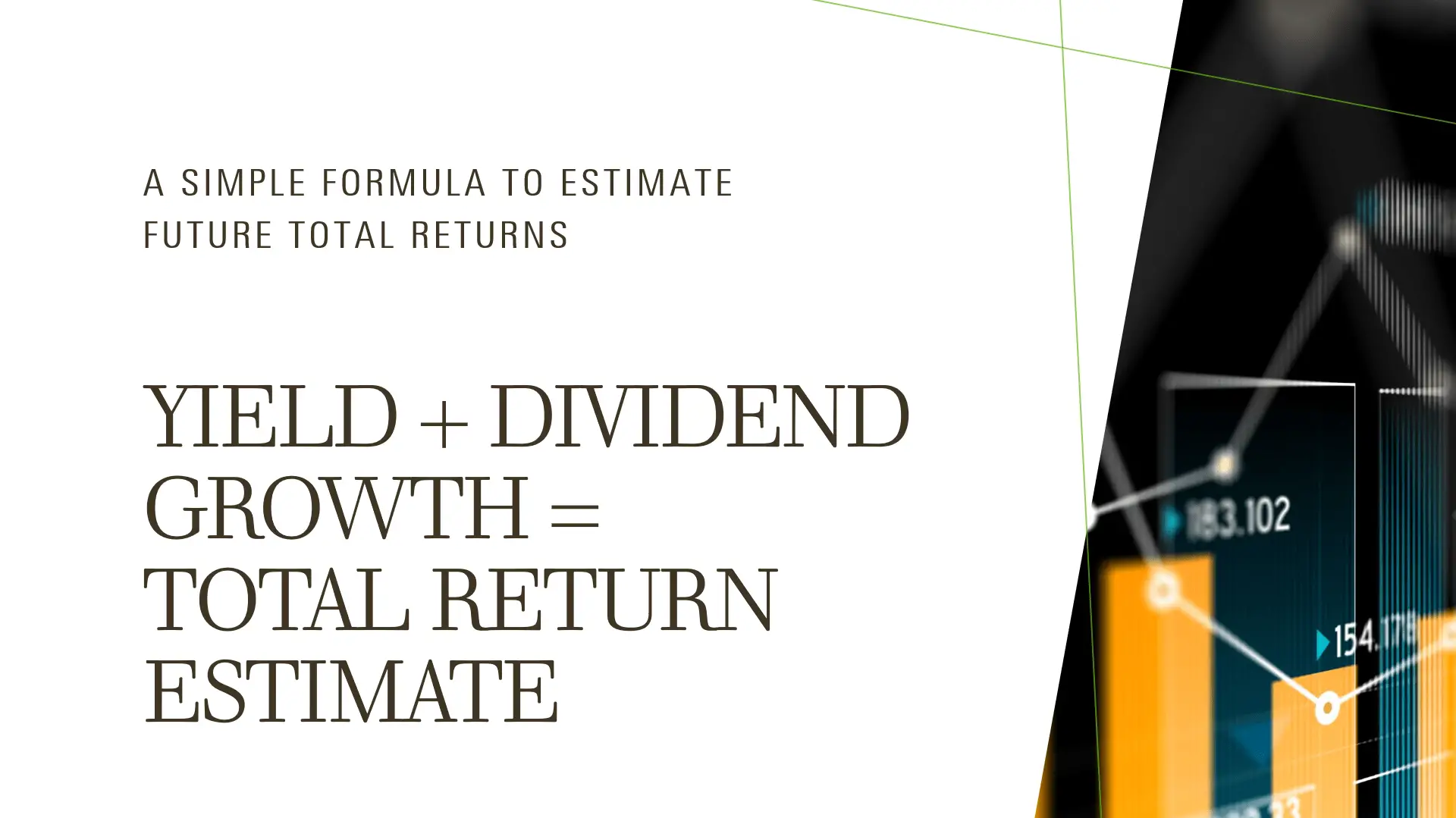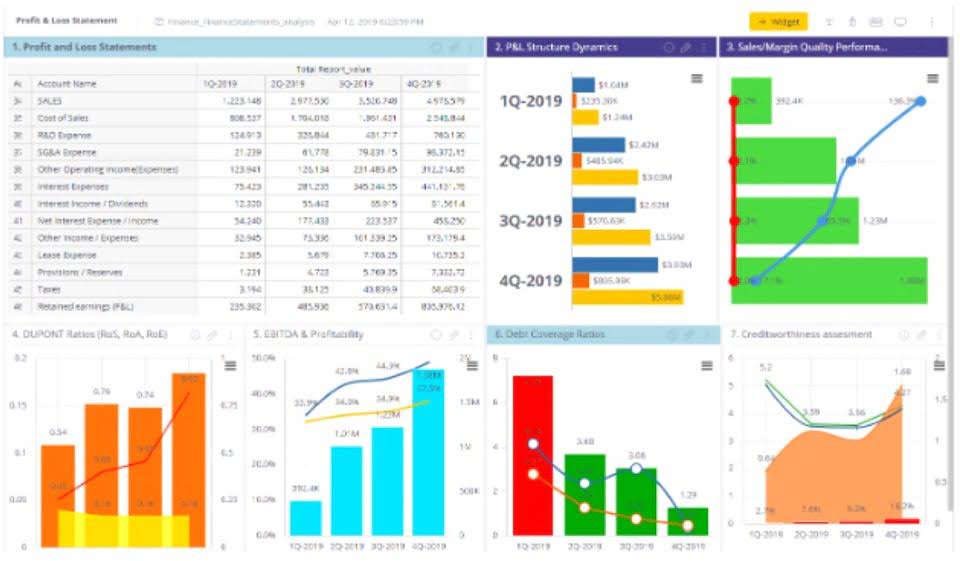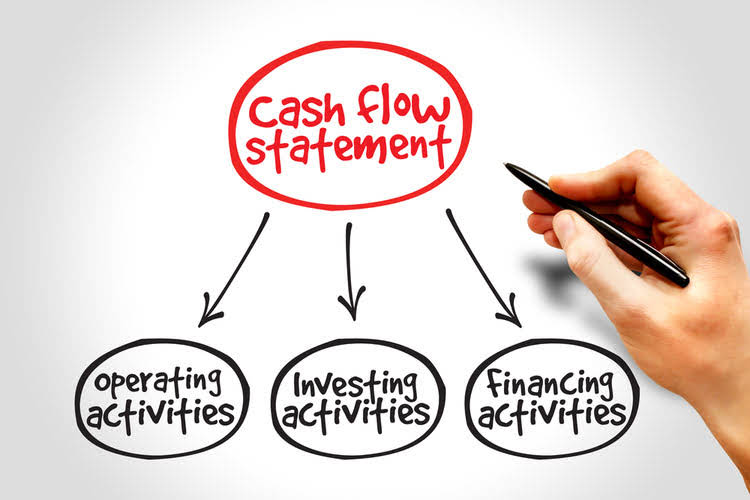Depreciation Units-of-Activity, Double-Declining-Balance DDB, Sum-of-the-Years-Digits

In the next video, we will continue to follow this truck through its entire useful life using the units of production method. On January 1st, year 1, Johnson and Johnson and Johnson Company purchased a delivery truck for $42,000. The truck has a useful small business advertising and marketing costs may be tax deductible life of 120,000 miles and a residual value of $2,000. We think that after 120,000 miles, this truck will not be operational anymore. This information tells us how much depreciation we’re going to take in the first year based on the units driven.
Your Financial Accounting tutor
- If it’s a machine in our factory, how many units is it going to produce for us?
- The purpose of this study was to examine the reliability and validity of the Turkish version of the Nursing Activities Score.
- Many industries such as real estate do not incur changing output levels over time.
However, MACRS did not accurately track losses and profits that an asset generate over time like the unit of production method. Therefore, the DDB depreciation calculation for an asset with a 10-year useful life will have a DDB depreciation rate of 20%. In the first accounting year that the asset is used, the 20% will be multiplied times the asset’s cost since there is no accumulated depreciation. In the following accounting years, the 20% is multiplied times the asset’s book value at the beginning of the accounting year. This differs from other depreciation methods where an asset’s depreciable cost is used.

Cash Flow Statement
This, in turn, can lead to positive outcomes, including enhanced patient results and more optimized healthcare expenditures, achieved through the delivery of improved healthcare services. The study provided evidence of the Turkish validity and reliability of the NAS, a globally recognized measure of nursing activities that has been proven effective and reliable. For example, a machine may be depreciated on the basis of output produced during a period in proportion to its total expected production capacity. Therefore, useful life of an asset under Units of Production Method is stated in terms of production output or usage rather than years of service.
Adjusting Journal Entries Accounting Student Guide
Even though units of production depreciation more closely align with the production, MACRS is the standard to calculate depreciation for tax purposes. However, the agency does allow companies to exclude property from MACRS if one can depreciate the asset accurately using another method. The unit of production depreciation method applies to manufacturing assets where idle time is less and production is efficient. As in activity-based costing, the Activity depreciation method changes the cost behavior with the fluctuating output.
The depreciation for the 2nd year will be 9/55 times the asset’s depreciable cost. This pattern will continue and the depreciation for the 10th year will be 1/55 times the asset’s depreciable cost. This calculator makes it easy for businesses to calculate depreciation expenses using the Units of Activity Method, providing insight into how asset usage impacts value loss over time. The Units of Activity Method is particularly useful for businesses with assets whose performance is tied to their production.
Units-of-Activity Depreciation
The units of activity depreciation method can be used to calculate the depreciation expense for property, plant and equipment based on the level of activity or usage of the asset. Nowadays, this method is more popular in determining the efficiency of an asset. It provides depreciation for each asset based on its production efficiency. Still, in this method, depreciation can not charge when a machine is idle in the factory due to which true value of the asset can not be derived by using this method.
The matching principle, used in accrual accounting, is the driver behind the use of depreciation as an accounting principle. The matching principal attempts to match revenues and profits with the costs incurred over a particular period of time. Since assets like manufacturing equipment may incur a large initial cost, accounting for depreciation allows this cost to be spread out over the useful life of the equipment.
The CNSI has been validated and adapted for use in our country, and it has been determined to be a valid and reliable scale for the Turkish population [11]. Double Entry Bookkeeping is here to provide you with free online information to help you learn and understand bookkeeping and introductory accounting. Activities Based Depreciation allows the management to match between revenue and depreciation expense. It is easy to prepare a budget and project net profit during the period. In the first year of purchase, this Excavator has used for 1,500 hours.
If you decide to use units of production depreciation, keep in mind that your tax preparer will still make a separate depreciation calculation for tax purposes. This means your tax depreciation won’t line up exactly with your book depreciation, but as long as you are aware of this and know why the two amounts don’t match, it won’t cause a problem. The best use of the activity-based depreciation can be in a situation where the assets are utilized on calculable outputs. Usually, the manufacturing and processing businesses will prefer the unit of production depreciation method. The activity-based depreciation method takes a contradictory approach from other methods of depreciation.
The Turkish translation was again translated into English by three professional companies. The three translations were consolidated into a single text by an intensive care specialist. A council (formed by three intensivists) whose English proficiency was approved and whose native language was Turkish, compared this text with the original NAS text.
There are several different ways to account for deprecation, and units of production is one of them. If the machine produces 50,000 units in the next year, the depreciation will be $100,000 ($2 x 50,000 units). The depreciation will be calculated similarly each year until the asset’s Accumulated Depreciation reaches $480,000. A complete guide on depreciation that goes into these different types of depreciation in detail. Results in a larger amount expensed in the earlier years as opposed to the later years of an asset’s useful life. With the double-declining-balance method, the depreciation factor is 2x that of the straight-line expense method.



